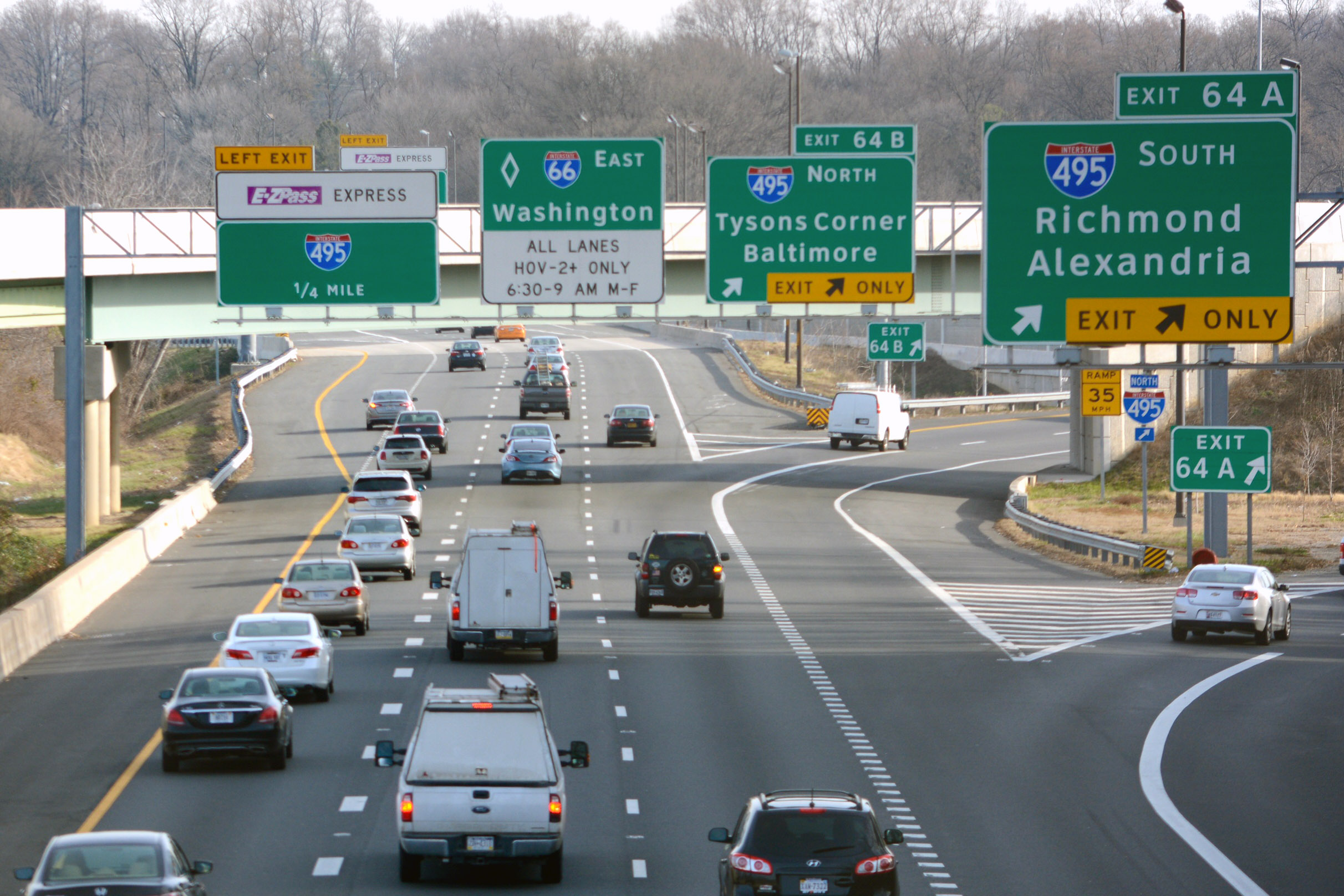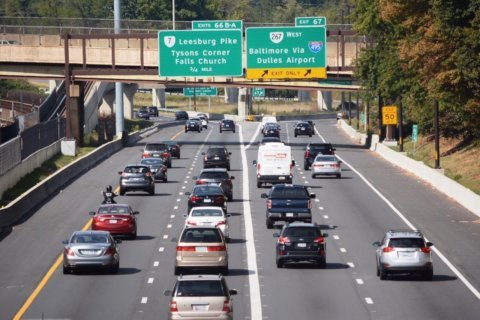WASHINGTON — The number of honey bee colonies in Virginia is increasing, but staggering death rates continue to plague and confound beekeepers and farmers.
“The number of honey bee colonies in Virginia is up 23 percent from 2016,” said Elaine Lidholm, director of communications for the Virginia Department of Agriculture and Consumer Services.
The increase can be attributed to more businesses caring for honey bee colonies, rather than bees becoming heartier.
Colony collapse disorder, described by the Environmental Protection Agency as “the phenomenon that appears when the majority of worker bees in a colony disappear and leave behind a queen, plenty of food and a few nurse bees to care for the remaining immature bees and the queen,” continues to kill almost a third of the hives.
“It’s been averaging about 30 percent a year for a decade, and we still have those losses,” said Lidholm.
“What has changed is we have added many new hives in Virginia,” she said.
Surveys have been done by the Virginia Field Office of the U.S. Department of Agriculture’s National Agricultural Statistics Service.
In 2000, Virginia had approximately 15 bee clubs statewide. With increased awareness of the importance of bees to the commonwealth’s agricultural economy, the number of bee clubs is nearing 50.
“We love bees for the honey and beeswax candles, but their real importance is in pollinating crops,” said Lidholm.
Bees fly from one flower to another, carrying pollen, which increases crop yield and helps fruit form.
“That ensures that a cucumber looks like a cucumber,” she said.
According to the study, Varroa mites remain the major stressor for bee operators. Varro mites are external parasites that attack both honey bees and their brood.
“We have a lot of people studying how to treat Verroa mites,” said Lidholm. “Pests and diseases are our biggest concern when we talk about health of our hives.”








